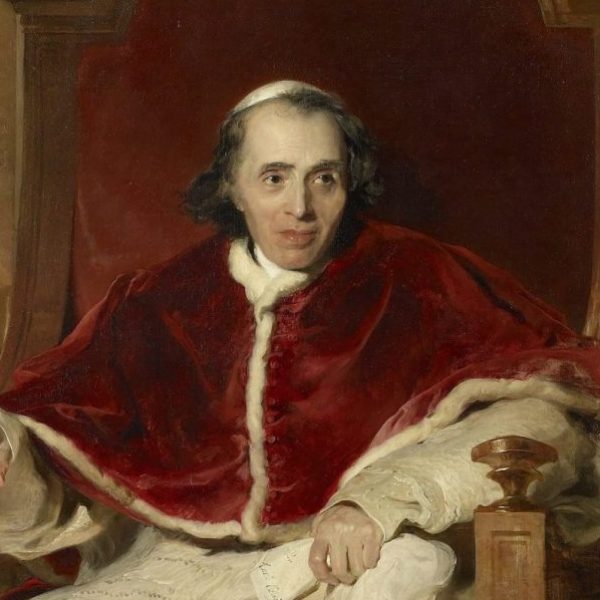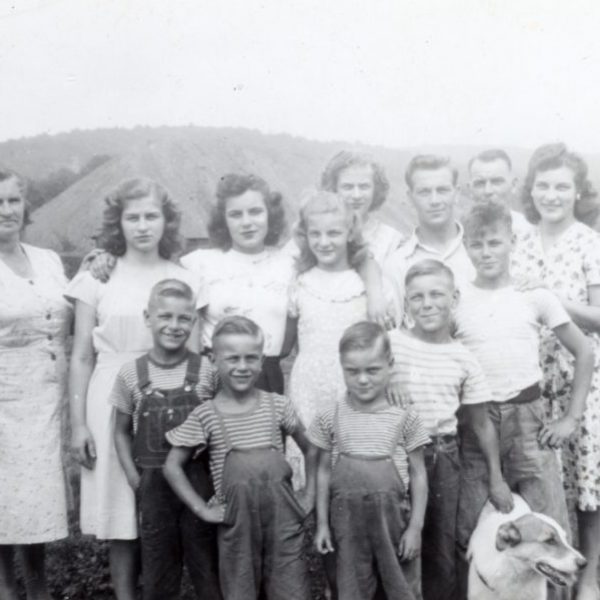Lest We Forget: How to Declare Our Beliefs
Sarah Underwood—
Recent events have reminded us how difficult it was in the past, and often still is today, for people to speak openly about their ideas. From the Occupy Wall Street movement to the Arab Spring, public declaration of belief and protest continue to appear regularly in headlines. It makes me count myself very fortunate that I have never had to risk my life for my faith or political beliefs. I am not sure that I could, so it makes me feel better that Mary I of Englandwas unready, too. Although she was responsible for the martyrdom of Protestants during her reign, I wonder if she might have become a Catholic martyr if she had been a bit more stubborn about her religion. John Edwards’s new biography, Mary I: England’s Catholic Queen, of one ofEngland’s most controversial women reminds us of how cycles of oppression of speech and faith begin.
 Years before she was queen, the woman who would be eventually known as “Bloody Mary” had to decide whether publicly declaring her faith was worth her life. Up to that decisive moment, Mary’s early life is not one I envy. Although she was born into a decadent lifestyle, starting her Royal life with two cradles—one for sleeping and an elaborate one in which “to ‘receive’ visitors”—she was a “pawn” as long her father lived. Treaty after treaty of proposed marriages, led to what Edwards describes as a rather disturbing image of the six-year-old princess meeting and dancing for a potential husband, the adult Holy Roman Emperor Charles V, her first cousin. After Anne Boleyn assumed the role of Evil Stepmother, Princess Mary would find herself “the Lady Mary,” declared a bastard by her own father, and witness his maltreatment of her mother Catherine. When members of Henry VIII’s court finally demanded that she recognize her father’s authority over the church and even over God, the devout Catholic must have asked herself, “Is martyrdom worth it?”
Years before she was queen, the woman who would be eventually known as “Bloody Mary” had to decide whether publicly declaring her faith was worth her life. Up to that decisive moment, Mary’s early life is not one I envy. Although she was born into a decadent lifestyle, starting her Royal life with two cradles—one for sleeping and an elaborate one in which “to ‘receive’ visitors”—she was a “pawn” as long her father lived. Treaty after treaty of proposed marriages, led to what Edwards describes as a rather disturbing image of the six-year-old princess meeting and dancing for a potential husband, the adult Holy Roman Emperor Charles V, her first cousin. After Anne Boleyn assumed the role of Evil Stepmother, Princess Mary would find herself “the Lady Mary,” declared a bastard by her own father, and witness his maltreatment of her mother Catherine. When members of Henry VIII’s court finally demanded that she recognize her father’s authority over the church and even over God, the devout Catholic must have asked herself, “Is martyrdom worth it?”
The pressure on Mary over the next few years intensified after her initial rejection of her father’s demands. After her parents’ divorce, she already knew how cold her father could be, but knowing that he ordered Anne Boleyn’s death must have heightened her appreciation for his tyranny. The demand to renounce the Catholic Church, however, was not simply a personal insult, such as his earlier order that she wait on her baby sister, Elizabeth. Rejecting God would put her soul at risk. She saw other Catholics, including Saint Thomas More, become martyrs for refusing to acknowledge Henry VIII’s authority. Mary had a better education on both sacred and secular matters than many men of her era, and I think she must have seen the legacy of the Catholic martyrs as an imposing obstacle to just pretending to agree with her father. On top of her strong personal beliefs, her grandparents were Ferdinand and Isabel of Spain, who did not exactly leave her the legacy of “cafeteria Catholics.” When she finally gave in and publicly recognized Henry VIII’s control of the church, Mary was horrified to find out that the Pope did not support her decision. Her miserable situation makes her subsequent rule as queen all the more fascinating, as Edwards shows. For our further reading consideration: Why would a woman who could not find it in herself to be a martyr require it of her subjects?
Sarah Underwood is a graduate of the College of William and Mary and a former Yale University Press intern. Her column, Lest We Forget, appears on the Yale Press Log.



